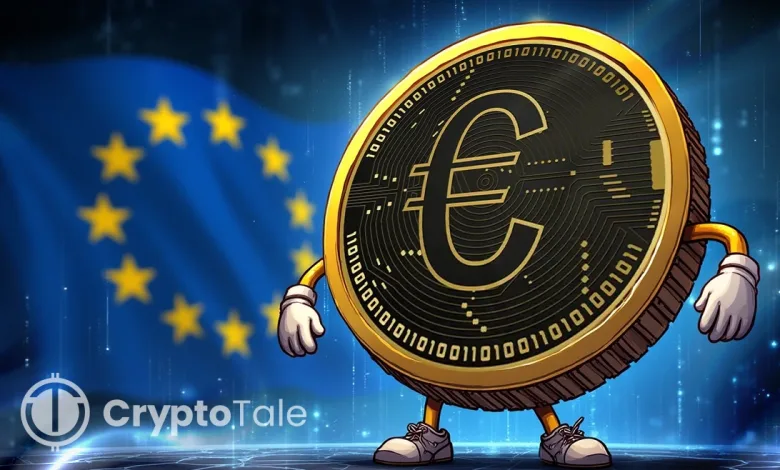Nine European Banks Unite to Launch MiCA Euro Stablecoin by 2026

- Nine banks from Europe created a Dutch firm to launch a euro stablecoin under MiCA rules.
- The stablecoin aims to deliver instant payments and features for trade and finance.
- USDC and USDT dominate markets while Europe pushes to assert sovereignty and regulation.
Nine leading European banks have formed a consortium to develop a euro-based stablecoin, targeting the second half of 2026 for launch. The initiative will operate under the EU’s Markets in Crypto-Assets (MiCA) framework and is expected to create a trusted European payment standard. The banks — UniCredit, ING, Banca Sella, KBC, Danske Bank, DekaBank, SEB, CaixaBank, and Raiffeisen Bank International — have established a Netherlands-based company to manage the project under the supervision of the Dutch Central Bank. According to a press release from ING, the venture intends to provide secure and compliant access to digital payments across the European Union.
Aiming to Establish a European Alternative
The participating banks stated that the stablecoin will serve as a “real European alternative” in a market currently dominated by U.S. dollar-pegged tokens. As of last week, euro-denominated stablecoins totaled only $620 million, compared with nearly $300 billion in global issuance, according to figures from the Bank of Italy. By building the project under MiCA, the banks intend to ensure regulatory compliance across the EU and promote wider trust in digital finance.

The venture’s goal is to offer near-instant, low-cost payments and settlements, enabling cross-border transactions at any time. It will also support programmable payments and functions for supply chain and digital asset settlements. The banks noted that individual members could expand services through wallets and custody solutions built around the stablecoin.
Floris Lugt, ING’s digital asset lead and public representative for the project, said digital payments require an industry-wide approach. He explained that adopting the same standards across European banks is “imperative” for the stablecoin’s success and for strengthening regional financial infrastructure.
Regulation and Strategic Positioning
MiCA, which came into application at the end of last year, presents a comprehensive set of regulations for crypto-asset issuers and service providers at the EU level. It requires stablecoins to be backed by reserves and provides an oversight regime aimed at protecting users and the financial system. The consortium intends to meet these requirements to ensure broad approval from regulators and users across Europe.
At the same time, the project is part of Europe’s effort to strengthen strategic autonomy in payments. The banks stated that building a European option contributes to reducing reliance on U.S.-backed stablecoins. This approach aims to give Europe greater independence in shaping its digital monetary ecosystem.
The initiative comes as the U.S. adopts new rules under the GENIUS Act, signed into law in July 2025. This legislation requires stablecoins to maintain one-to-one backing with U.S. dollars or low-risk assets, along with full transparency. By linking stablecoin growth directly to U.S. Treasuries, the law supports the dollar’s dominance in digital markets.
Related: Bullish Stablecoin Debuts in Europe as U.S. Waits on Rules
Can Europe Compete With U.S. Stablecoin Giants?
While Europe moves toward its own solution, U.S. stablecoins USDT and USDC remain deeply embedded across crypto exchanges and decentralized finance platforms. Their dominance is supported by strong liquidity, wide infrastructure, and established network effects. Euro-based alternatives will need to overcome these barriers to gain traction.
It is a question of whether this stablecoin can rival dominant players situated in the United States: Can financial sovereignty in digital payments be truly birthed in Europe, or are dollar-pegged tokens going to continue to dominate the space overwhelmingly?




